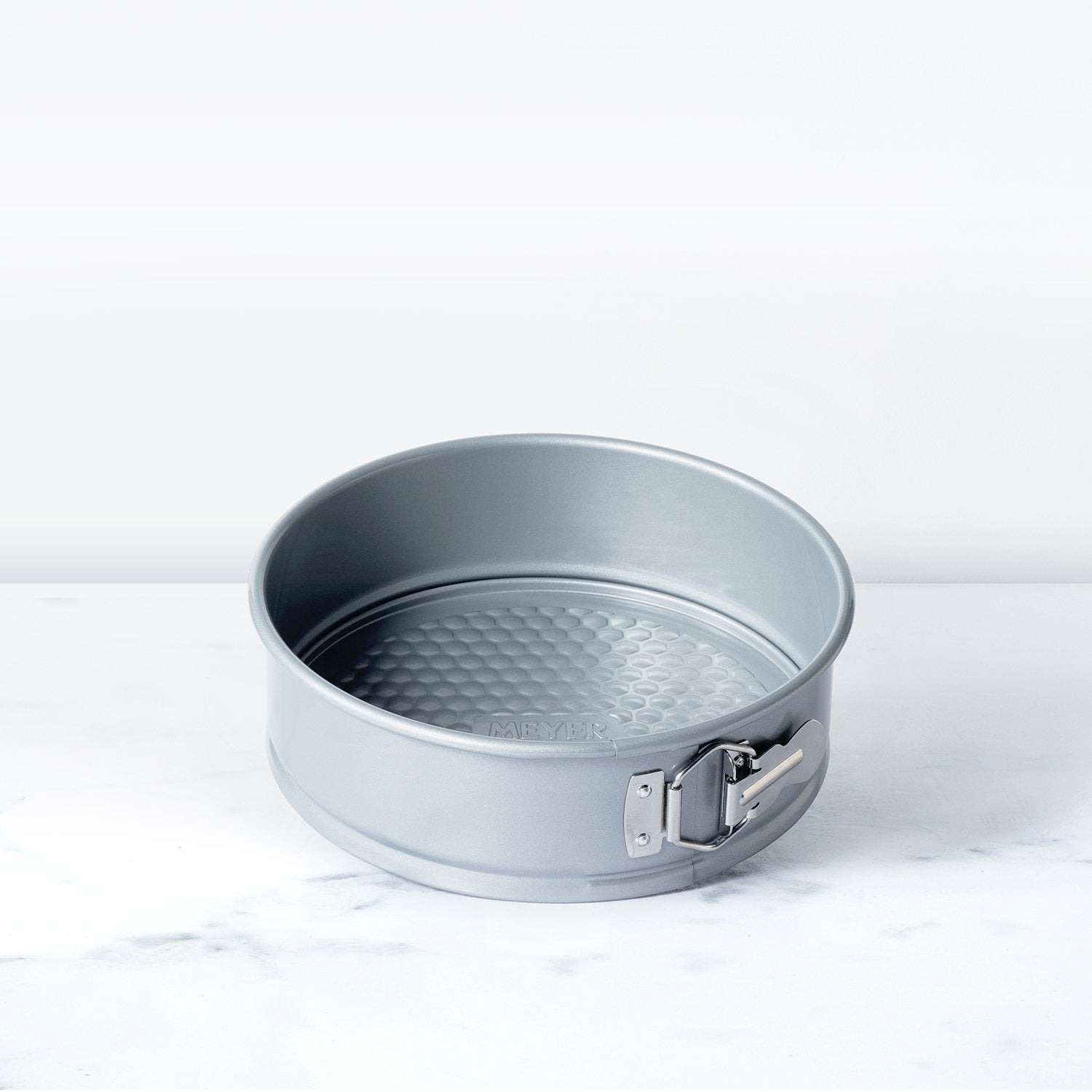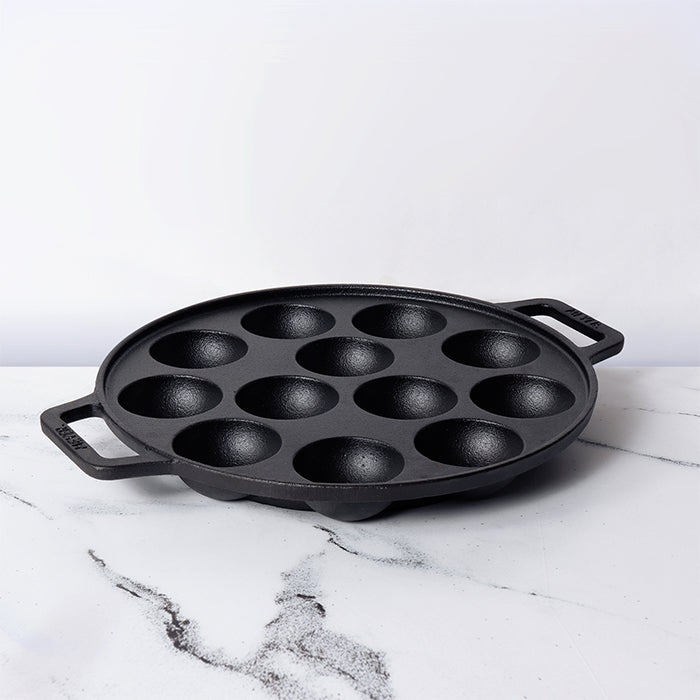Your tawa is an essential tool for creating delicious Indian flatbreads, dosas, pancakes, and more. Proper care not only ensures your tawa lasts for years but also helps maintain its cooking efficiency and safety. With advancements in materials like cast iron, non-stick, and enamel-coated options in 2025, each type of tawa requires specific care to maximize its lifespan.
Here’s a detailed guide on maintaining your tawa to keep it in top-notch condition
Table of Contents
General Care Tips for All Tawas
- Preheat Gradually: Avoid exposing your tawa to sudden high heat, which can warp or damage it. Always heat it gradually over low to medium flame.
- Avoid Overheating: High heat can ruin non-stick coatings and cause discoloration in cast iron or enamel tawas. Use moderate heat for cooking.
- Use the Right Utensils: Opt for wooden, silicone, or plastic spatulas to avoid scratching the surface, especially for non-stick and enamel-coated tawas.
- Clean After Every Use: Let the tawa cool before washing. Clean gently to remove food residue and avoid buildup that affects cooking performance.
Caring for Non-Stick Tawas
- Avoid Abrasive Scrubbing: Use a soft sponge or cloth with mild dish soap. Harsh scrubbers can damage the non-stick coating.
- No Metal Utensils: Always use utensils that won’t scratch the surface.
- Season Lightly: Occasionally apply a thin layer of oil after cleaning to maintain the non-stick surface’s longevity.
- Store Carefully: Stack with a soft cloth or paper towel between tawas to prevent scratches.
Caring for Cast Iron Tawas
- Season Regularly: Before first use and after every few uses, season your cast iron tawa by applying a thin layer of oil and heating it until it smokes. This builds a natural non-stick layer.
- Avoid Soaking in Water: Never leave cast iron tawas submerged in water, as it can lead to rust.
- Clean Immediately: After cooking, wipe with a damp cloth or gently scrub with a non-abrasive brush. Avoid using soap unless necessary.
- Dry Thoroughly: Wipe completely dry after washing to prevent rust. Store in a dry place.
Caring for Enamel-Coated Tawas
- Gentle Cleaning: Use a soft sponge and mild detergent. Avoid abrasive cleaners that can scratch the enamel.
- Prevent Chipping: Handle with care to avoid dropping or banging, as enamel can chip easily.
- Avoid Metal Utensils: Use non-scratch utensils like silicone or wooden tools.
- Low to Medium Heat: Enamel-coated tawas distribute heat efficiently, so high heat is unnecessary and can damage the enamel.
Tips for Longevity
- Rotate Usage: If you own multiple tawas, rotate their use to ensure none is overused.
- Don’t Store Food: Avoid storing cooked food on the tawa as it can affect the material and lead to staining or odors.
- Inspect Regularly: Check for damage like scratches on non-stick surfaces or rust on cast iron and address it promptly.
- Avoid Temperature Shocks: Never pour cold water onto a hot tawa. This can cause warping or cracks, especially in glass or enamel-coated tawas.
Specialized Maintenance Based on Material
Non-Stick Tawas (e.g., Meyer Non-Stick Tawa)
- Avoid aerosol cooking sprays as they can create a sticky residue over time.
- Replace when the coating shows visible wear or peeling to avoid health risks.
Cast Iron Tawas (e.g., Meyer Pre-Seasoned Cast Iron Tawa)
- Reseason frequently if you notice food sticking or a dull appearance.
- Use minimal soap to preserve the seasoning layer.
Enamel-Coated Tawas (e.g., Meyer Enamel Cast Iron Tawa)
- Avoid dragging heavy pots or pans over the surface.
- Never use on open flames if the tawa is designed for induction or electric cooktops.
Storing Your Tawa
- Vertical Storage: Use a rack to store tawas vertically, minimizing contact between surfaces.
- Avoid Clutter: Ensure tawas are stored in a well-ventilated space to prevent moisture buildup.
- Protect the Surface: Use cloth or paper separators when stacking.
Signs It’s Time to Replace Your Tawa
- For Non-Stick Tawas: Peeling or flaking of the coating, discoloration, or persistent sticking.
- For Cast Iron Tawas: Deep rusting or cracks that compromise structural integrity.
- For Enamel-Coated Tawas: Chipped enamel or exposed metal that affects cooking performance.
Conclusion
Your tawa is more than just cookware—it’s an essential part of your culinary journey. Whether you use a non-stick, cast iron, or enamel-coated tawa, proper care and maintenance will ensure it serves you well for years to come. Meyer’s range of tawas, such as the Meyer Pre-Seasoned Cast Iron Flat Tawa or the Meyer Enamel Cast Iron Tawa, offers durability and performance that last when paired with these simple care tips. Treat your tawa well, and it will reward you with perfectly cooked flatbreads, dosas, and more!













Leave a comment